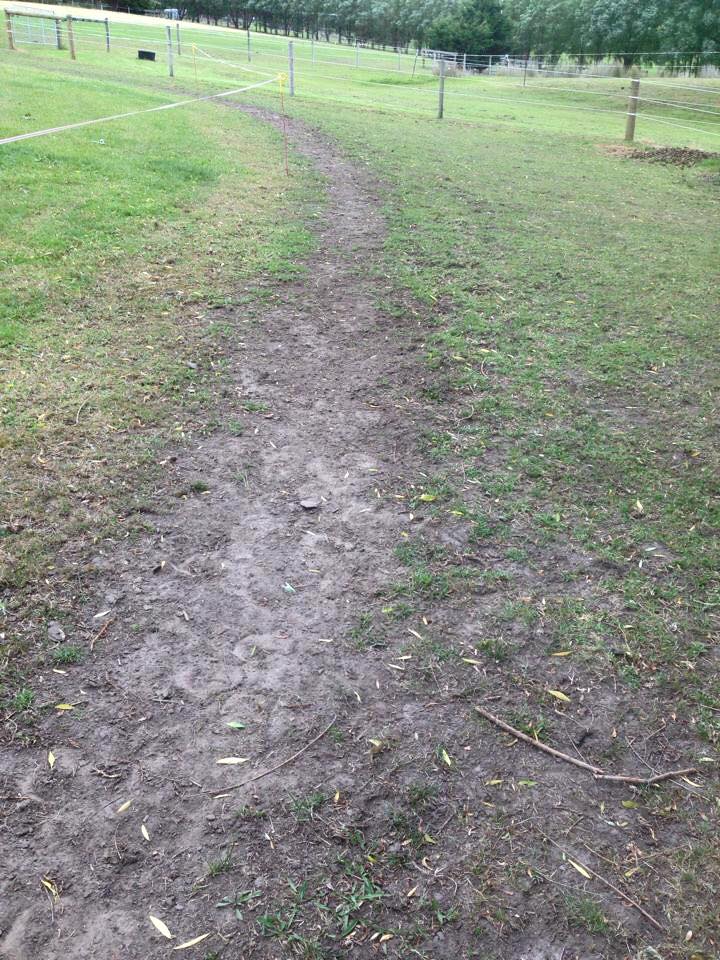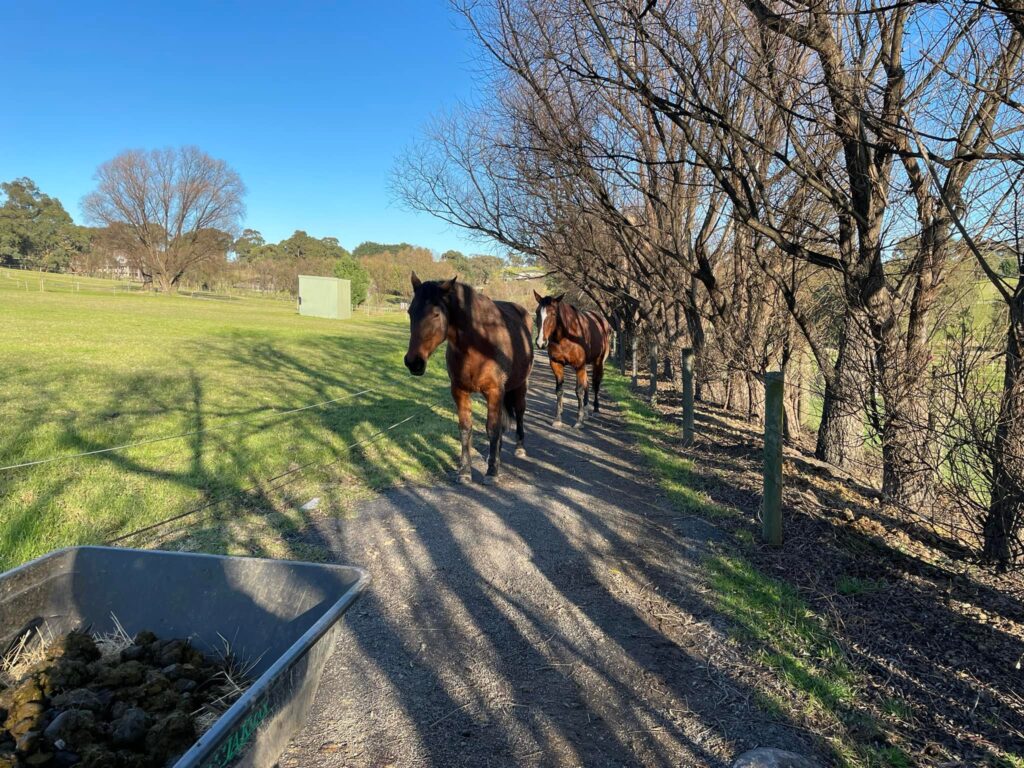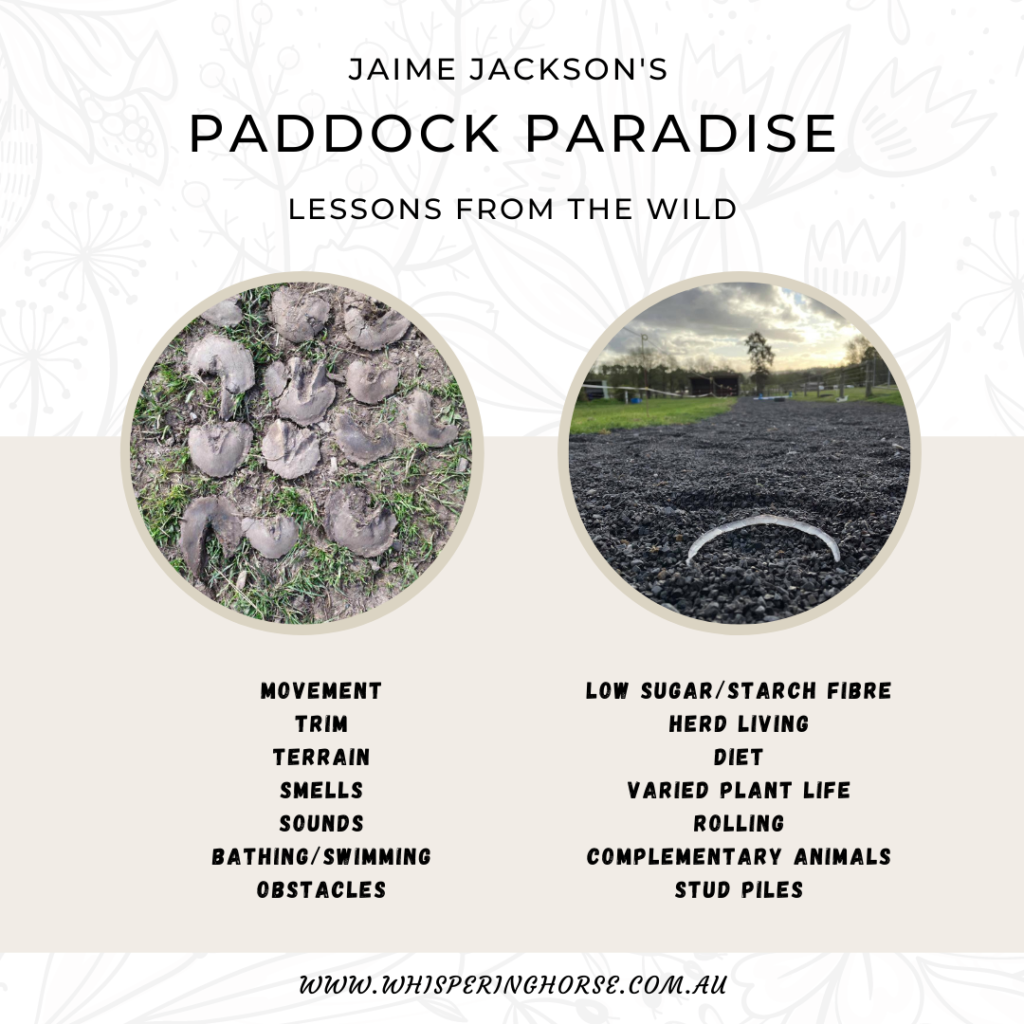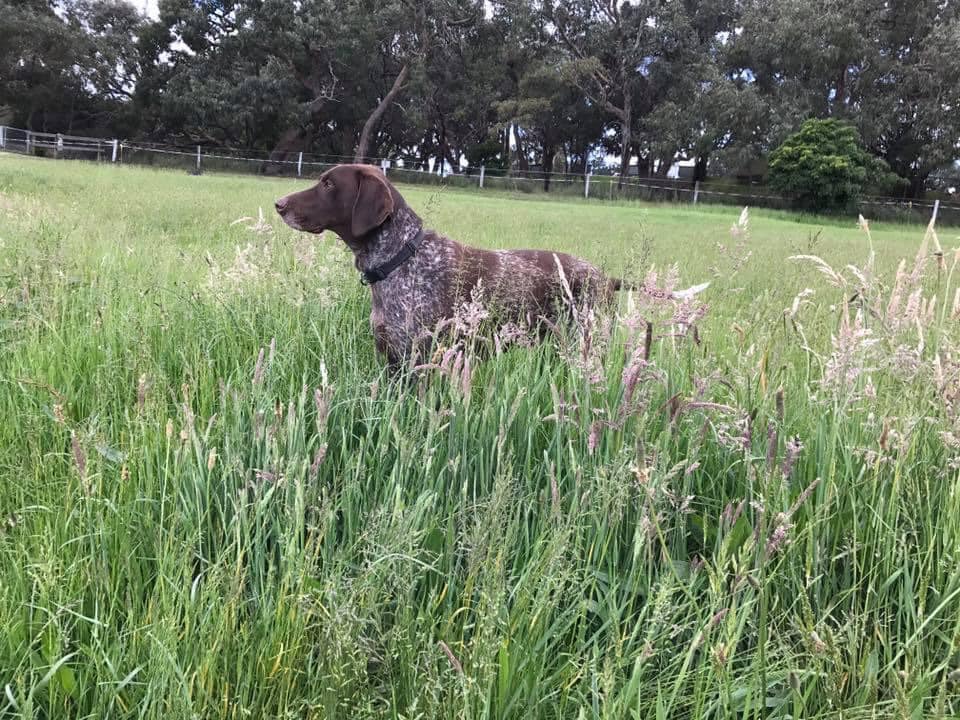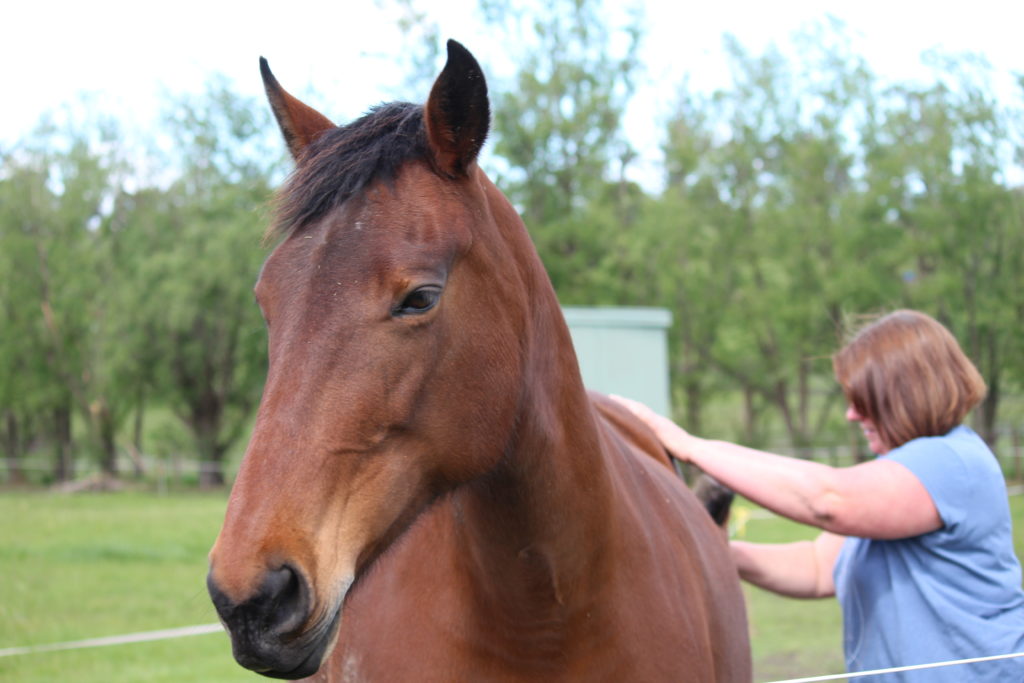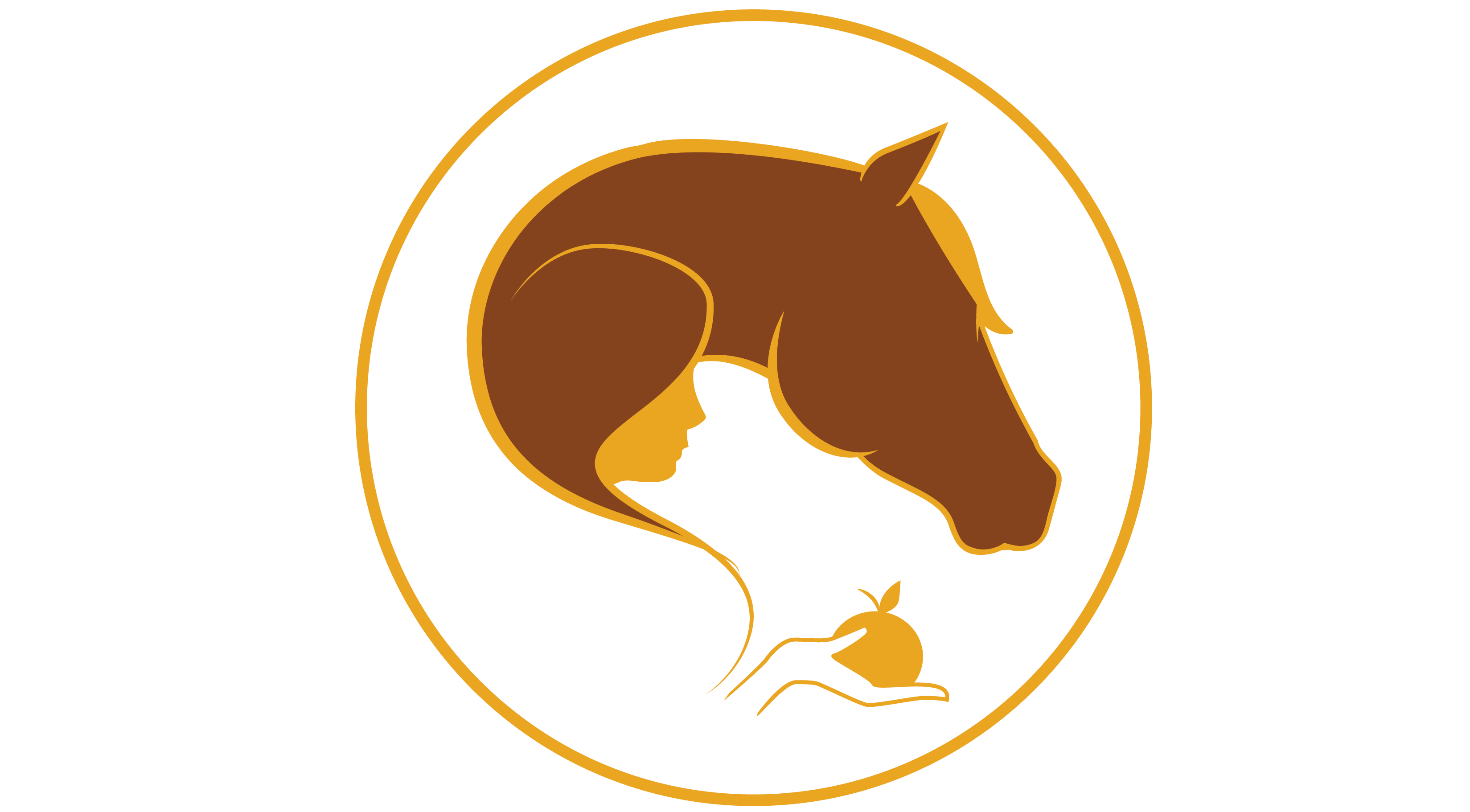Paddock Paradise, history and examples.
Paddock Paradise, history and examples. Not all of this will be useful or benefit your horse or be practical. Every horse and environment is unique. But the basic premise is to respect the horse as a species and try to improve their lifestyle and welfare. Some of the observations and science behind this concept, have […]
Paddock Paradise, history and examples. Read More »

